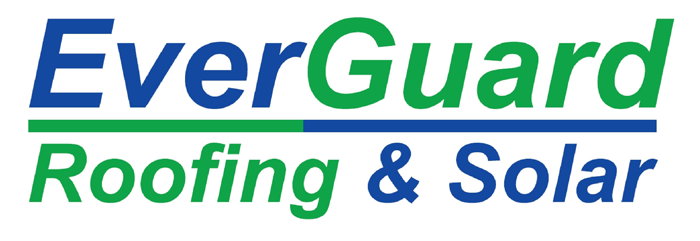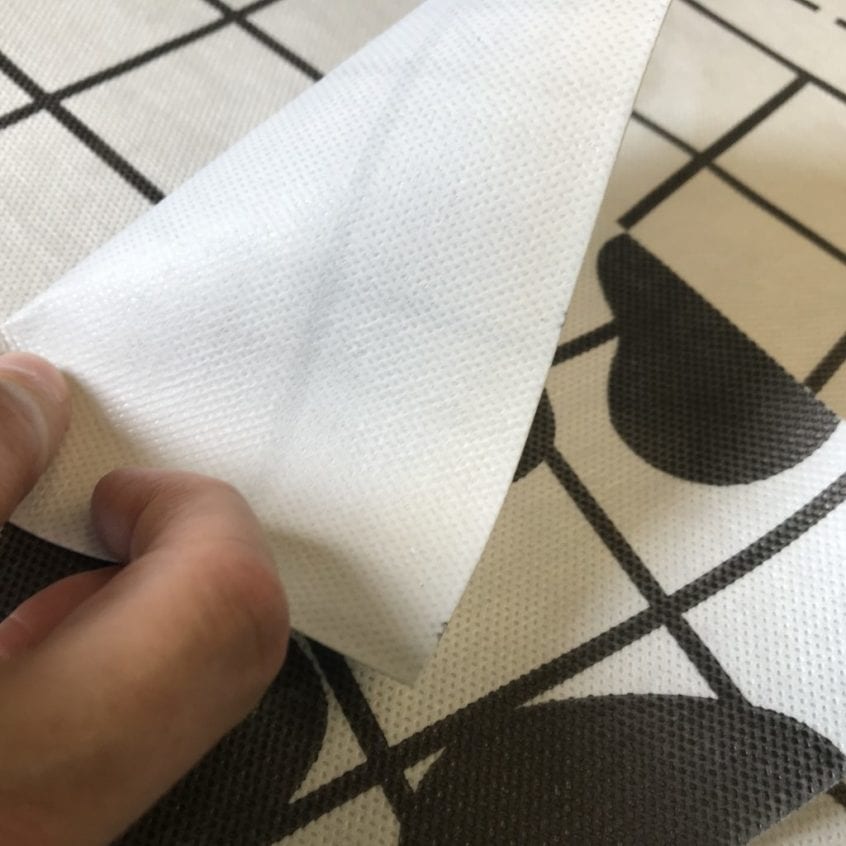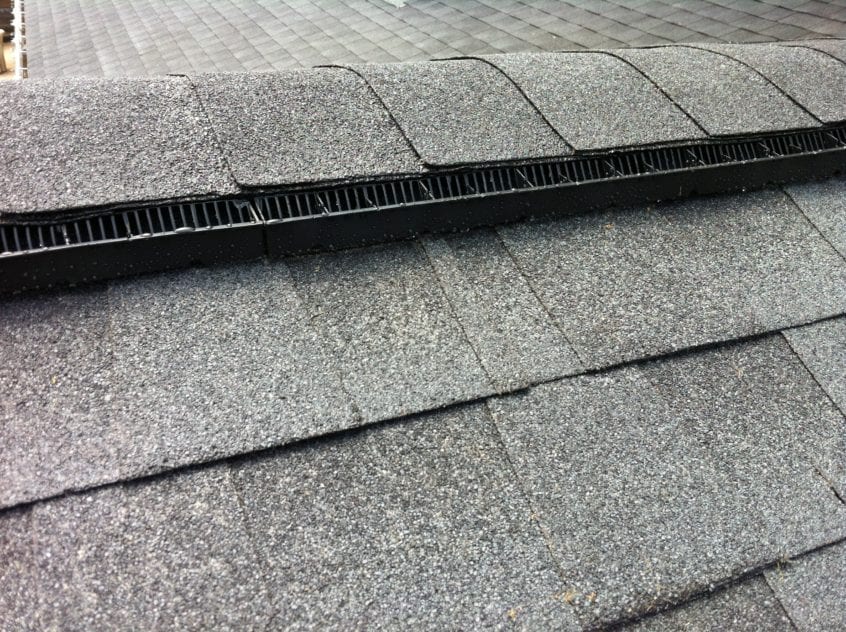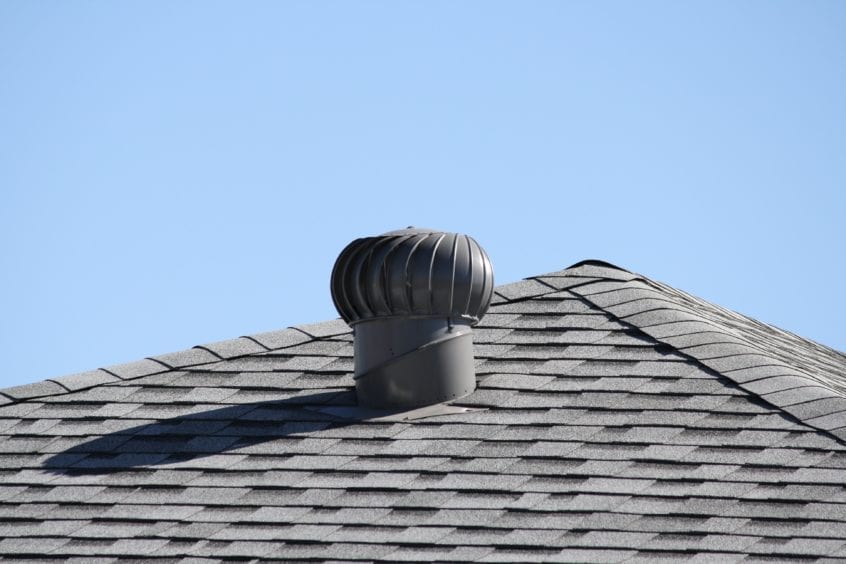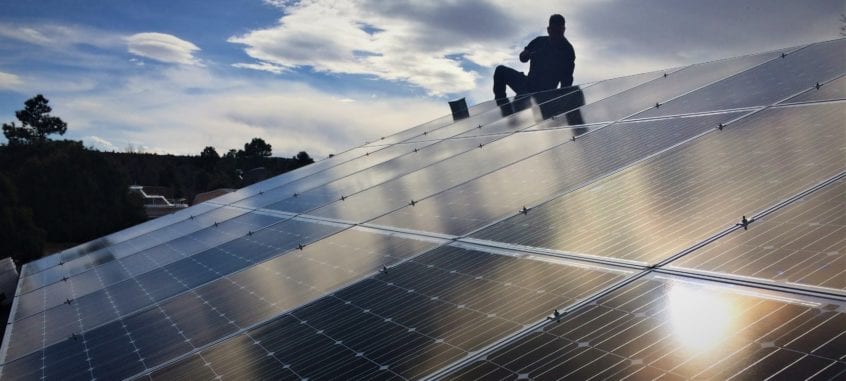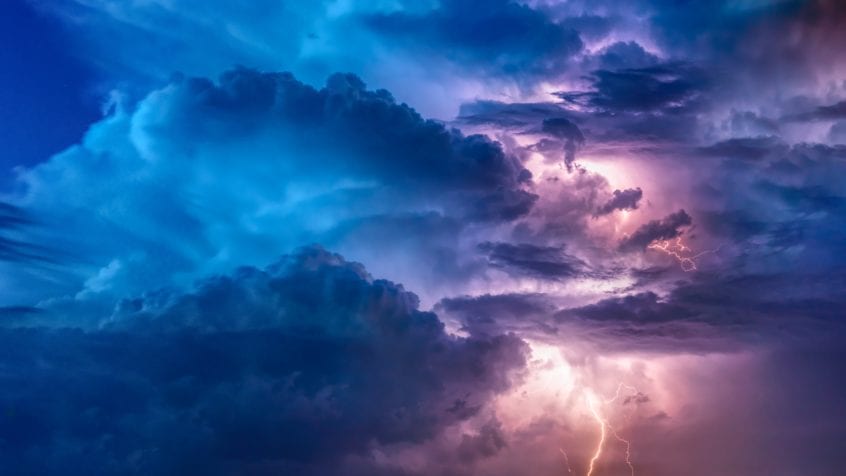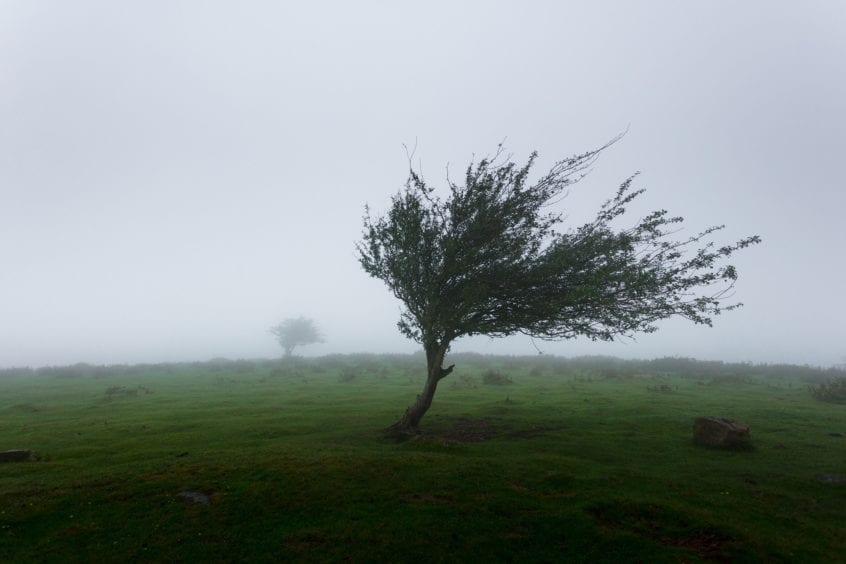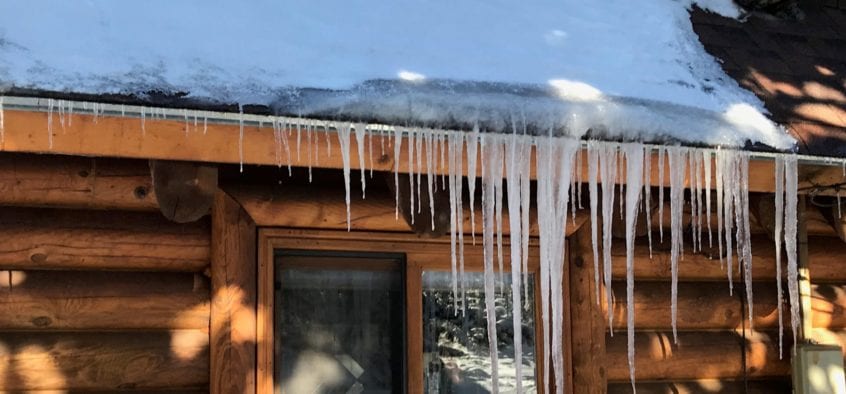Roof underlayments are a must when installing shingle over a roof deck, and needs to be installed before the shingles go down. Roofing felt, both #15 and #30, have been around for a long time and were the standard for decades. Synthetic underlayments are nbewer to the roofing market compared to felts, but have been around for some time now … Read More
Ventilation – Achieving Proper Roof Venting
In order to create a constant flow of air through your attic, you need have both intake AND exhaust ventilation to make sure the air has a way to come in and go out. Intake ventilation is usually achieved through eave and soffit vents, or utilizing newer materials, like roof deck intake ventilation. Exhaust ventilation is often achieved through vents … Read More
Ventilation – Why It Is Important For Your Roof And Home
Proper ventilation of the attic space of your home is crucial to a healthy roofing system. It helps prevent premature aging and damage of the roofing materials that can be caused by moisture build up and excessive heat build up in the attic. The goal is to allow for natural air flow of the outside air upward and out of the … Read More
Don’t Worry! Solar Is OK For Your Roof
Many of our clients are concerned about roof damage with solar panel installation. We can understand. As a roofer, we have seem some horribly botched solar installations completely destroy an otherwise perfectly installed roofing system. Leaks are a major concern. Worse, this can void roof warranties in certain situations. Solar installers will drill holes in your roof (for pitched roof installations) and use lag bolts to attach the solar racking, … Read More
Beware of the Storm Chasers
When it comes to hail damage, before the last hail stone falls you may hear a knock at the door. This knock will most likely be storm chaser. Not your local trusted roofer. Storm chasers are companies that “chase” severe weather from area to area, trying to sell new roofs to a roof damaged by hail and wind. They collect homeowners’ insurance claim … Read More
How Hail Can Damage Your Shingle Roof
Hail can damage a shingle roof in several ways. This can include: Bruises are most typical and can be spotted because of missing granules from the impact area. Sometimes there is so much granulation loss at impact site that the black asphalt can be seen on the shingle. If you suspect you have hail damage to your roof, or you are not … Read More
Wind Damage – High Winds and Damage To Your Roof
High or gusty winds can damage roofs. Wind can pick up debris and this debris can crash into the roof surface and accessories. Another way wind can cause damage to a roofing system is by the sheer force of the wind itself, tearing and ripping shingles and the roofing accessories present on the home. If the roof was installed improperly, or weak spots occur due to faulty … Read More
EverGuard Wins Top Rated Award
Chosen by New Mexicans for nearly 20 years, EverGuard Roofing has built a trusted reputation. Offering only the best roofing services and quality in every capacity, we’ve been a go-to for home and business owners alike—and we’re proud to announce that our hard work and dedication is being praised as we’ve been named one of Three Best Rated®’s top rated … Read More
Knowing When It’s Time to Re-Roof Your Shingle Roof
As a homeowner, you already know your home requires maintenance and certain things need to be replaced from time to time. But how do you know when it is time to replace your shingle roof? Here are a few key signs that it is time to call a roofing professional. Shiny fibers showing through the shingle surface Cracked and/or missing shingles Bald spots on … Read More
Protecting Your Home Against Ice Damming
Ice dams are ridges of ice that form at the edge of a roof and they prevent melting snow from draining off the roof. This can cause water damage. Melt water backs up behind the ice dam and works its way up and under the roof covering and flows into the attic. It can then seep through insulation, ceilings, walls … Read More
